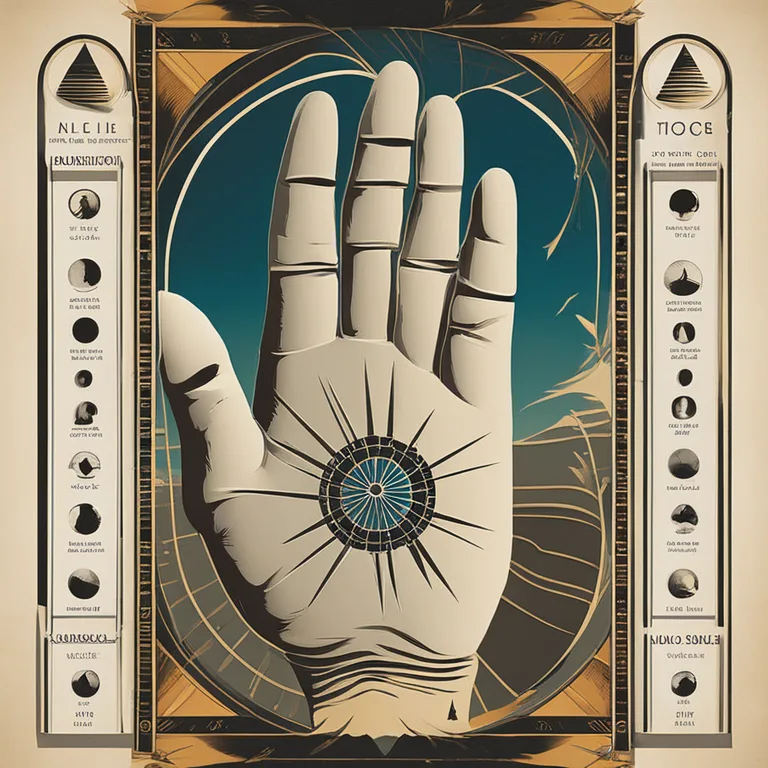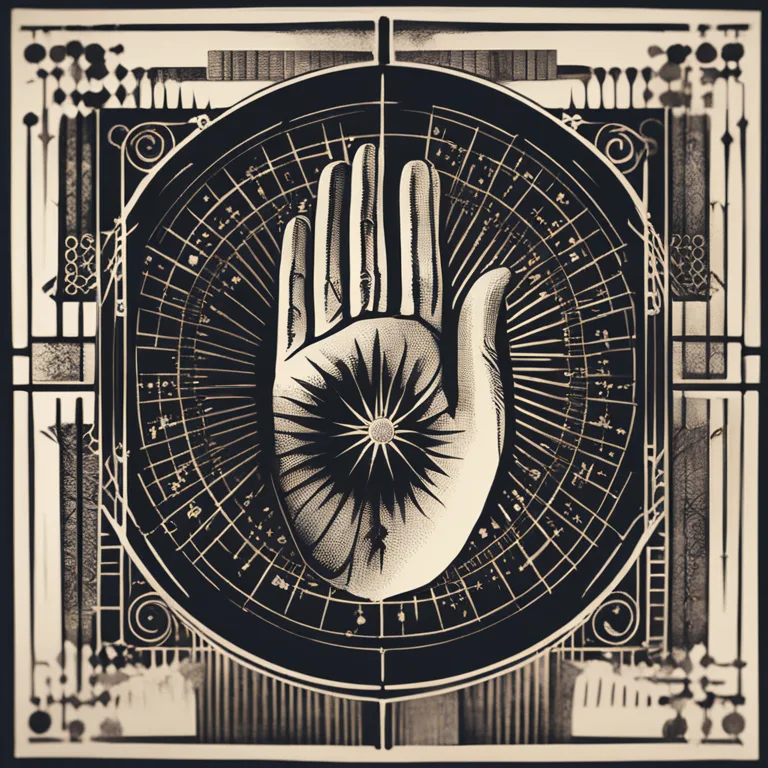
Palmistry's Insight into Human Behavior
Explore how palmistry provides a unique perspective on personality traits and likely behaviors through the study of hand patterns.
article by Nora Pennington
The Essence of Palmistry in Human Dynamics
Palmistry, also known as chiromancy, is an ancient practice that connects the lines and shapes of a person's hand to facets of their character and life experiences. Beyond mere fortune-telling, contemporary palmists consider this discipline as a tool for self-awareness and understanding human behavior. By analyzing the hand’s structure, palm readers infer the psychological traits and tendencies of an individual. This approach assumes that the external features of our hands reflect our internal narratives, giving insights into behavioral patterns and personal disposition.

Lines of Life and Personal Journeys
In palmistry, the major lines on the hand – the heart, head, life, and fate lines – are believed to be telling in how a person approaches life. The heart line suggests emotional intelligence and relational inclinations, while the head line denotes intellectual leanings and communicative style. The life line reflects vitality and significant life changes, and the fate line correlates to external influences and career trajectory. By understanding these lines, a palmist can discuss how a person may react to certain situations, highlighting potential strengths and areas for growth.

Mounts and Plains – Reflections of Inner Strengths
The fleshy mounts found at the base of each finger and the plains of the hand are also integral in palmistry analysis. Named after gods and goddesses, like Venus and Apollo, these mounts symbolize various aspects like vitality, creativity, or ambition. Analyzing the prominence or deficiency of these mounts, palmists provide insights into a person's core competencies and inclinations, which in turn influence their behavior in personal and professional spheres.

Fingers and Character Traits
A person's fingers and the shape of their hand also play a role in palmistic readings. Longer fingers may indicate a detail-oriented nature, whereas shorter fingers could suggest decisiveness. Additionally, the shape of the hand—be it square, conical, spatulate, or pointed—offers a palmist clues about a person's basic temperament and approach to life. These insights are grounded in the idea that physical characteristics are signposts to deeper psychological tendencies.

Modern Palmistry and Psychological Assessment
Modern palmistry is often found blending with psychological methodologies to provide a more nuanced understanding of an individual's nature. Professional palmists may integrate principles from personality theories, helping in career guidance and personal development. With increased focus on data and trends related to human behavior, palmistry today is re-framed as a complementary practice, aiding in personal assessment and decision-making.
Impact of Technology on Palmistry Practices
Advancements in technology have also influenced palmistry, with digital imaging providing detailed hand analyses and allowing palmists to reach a broader audience. As time goes on, these tools may become even more sophisticated, making character and behavioral assessments more accessible, although the personal touch of a skilled reader will likely remain invaluable.
Published: 1/3/2024
Modified: 1/3/2024
More predictions
Come back here soon to learn more about yourself and your future


The Palmistry Line of Success: Insights on Your Path
Trace the line of success in palmistry and discover the insights this ancient practice offers about your professional and personal triumphs.


The Sun Line in Palmistry: Key to Personal Brilliance
Discover the significance of the Sun line in palmistry and how it could reflect your potential for success, creativity, and fame in this insightful article.


The Palmistry Money Triangle: A Guide to Financial Fortunes
Discover the secrets behind the palmistry money triangle and how it may signify wealth potential in your life.